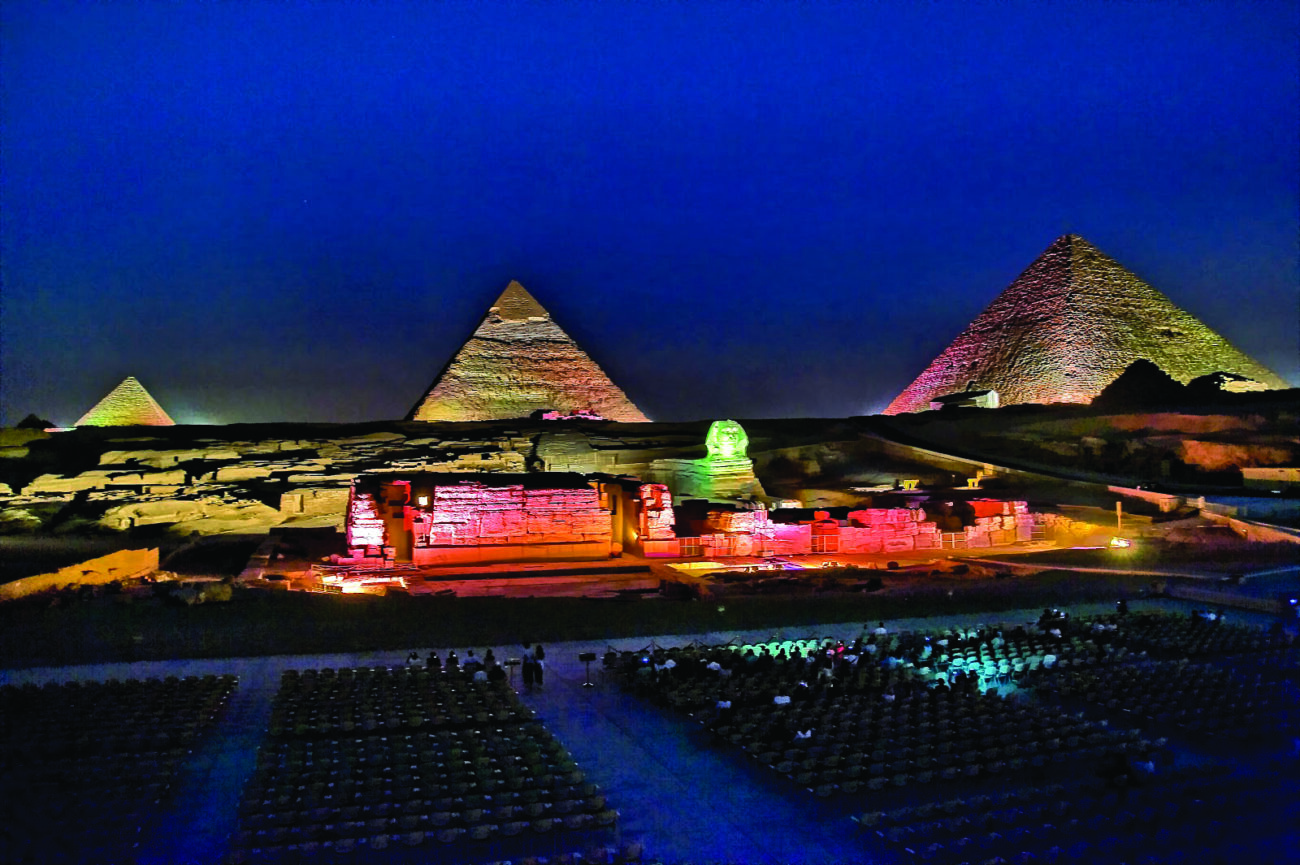The Great Migration
If you were to visit Africa only once in search of the ultimate safari experience you would do well to plan your trip around The Great Migration, a spectacle that is widely considered one of

Every year approximately 20 million wildebeest, a hoofed animal in the antelope family, along with zebras and gazelles migrate from Tanzania’s Serengeti National Park to Kenya’s Masai Mara National Reserve and back again as they follow the seasons and the rains in search of lush grazing grounds and fresh drinking water.
This epic, danger-filled journey, referred to as The Great Migration, spans almost 1,900 miles and is one of the greatest animal migrations in the world. At times racing and stampeding over miles of African grasslands in one enormous herd, and at other times sedentary as the pregnant mares give birth, the migration moves rhythmically in a clockwise direction and occurs every year, all year long.
Following along with the wildebeests and zebras is a great variety of wildlife that surrounds the herds as they travel, including lions, cheetah and other predators who feed off the grazers.
Travelers visiting The Great Migration as their central point of interest can visit any of a number of national parks and reserves in both Tanzania and Kenya as part of their trip.
Although the migration continues all year round, each month features its largely predictable episodes and areas of interest. The most exciting and popular time to be there is July through September when the massive herds of wildebeest attempt to make the dramatic crossing of the dangerous, crocodile-infested Mara River which runs through the Serengeti and The Masai Mara.
A SIGHT TO BEHOLD
There’s a sense of wild determination and joy as the herds of wildebeests sprint towards water and sustenance; in the pounding hooves, the breadth and length of the herds and their focus and uniformity of direction. And there’s plenty of drama as the natural cycle of birth, life and death plays out while they make their journey. Travelers who want to see lions and leopards can find them near the herds in February and March during calving season when wildebeest, zebra and other migratory animals slow down and become temporarily settled to give birth to their offspring, and the big cats prey on the young calves.
Most of the migration takes place in the Serengeti in Tanzania, the largest country in East Africa. One of Africa’s most famous national parks is the Serengeti National Park in Tanzania which shares a border with southwest Kenya’s Masai Mara National Reserve.
The Serengeti has a variety of environments that range from tropical to dry plains and supports a great diversity of animals. This is where guests have their best chance at seeing prides of lions, herds of zebras, giraffes and packs of hyenas.
In Tanzania along with the Serengeti Game Reserve, travelers can tour Tarangire and Ngorongoro. All of them are filled with the wild African animals most visitors dream of seeing in their natural habitats, including The Big Five: lions, leopards, cheetahs, rhinoceros and Cape buffalo, as well as giraffe, hippopotamus, zebra, wildebeest and crocodiles.
Ngorongoro, a World Heritage site often referred to as The Eighth Wonder of The World, is technically a caldera, “a crater-like area formed with the collapsing of land after a volcanic eruption.” Ngorongoro is the world’s largest caldera, more than 2,000 feet deep with a crater floor that is 10 to 20 miles in diameter.
This is where you have your best chance at seeing the elusive black rhinoceros, a species on the verge of extinction. It is also possible to see cape buffalo, hippopotamus, elephants, gazelles, wildebeests, zebras, the famous pink flamingos and the black maned lion (specific to Ngorongoro).
Also nearby is Tarangire National Park, home to the country’s largest population of elephants. The park is also home to a great variety of birds, to the delight of ornithologists, and breathtaking African landscapes with iconic baobab and acacia trees with their flat tops.
If travelers visit Kenya they can tour the Masai Mara National Reserve where they can go on game drives, take walking tours and even fly over the plains on a hot air balloon safari. And if desired Amboseli National Park is only 150 miles away.
In both the Masai Mara and the Serengeti a visit with the Maasai, a semi-nomadic people inhabiting southern Kenya and northern Tanzania, is a great option. Many of the Maasai tribes welcome visitors to their villages and often even to their huts. They are a gentle people and in their colorful wraps and unusual sandals (now copied by many American shoe companies) they perform a unique style of singing and jump dancing and sometimes even invite guests to dance with them.
The Great Migration is more than just the year-long migration cycle of the wildebeest but a great chance to see nature in movement at its most dramatic and exciting.




